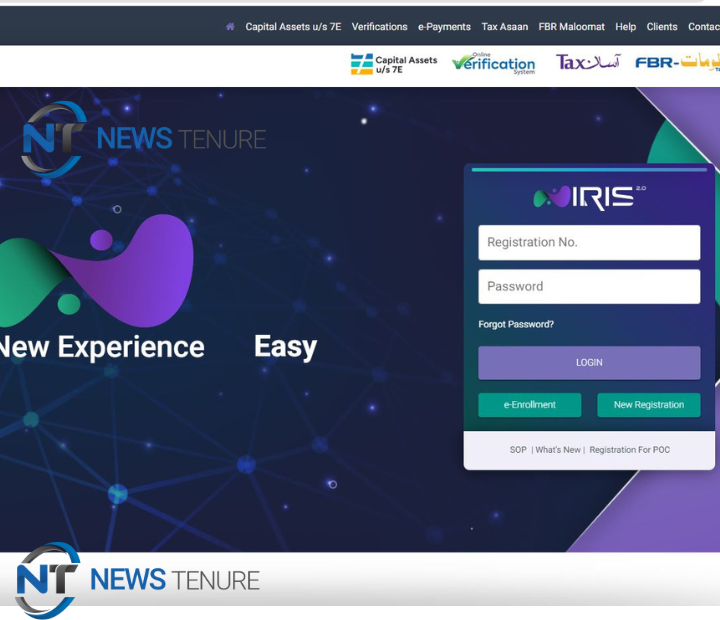Increasingly efficient and increasingly compact – technology is shrinking. Bulky phones, computers and TVs are no more. Instead, we have slick devices that can process and hold more data than ever before. Devices have become significantly slimmer and more portable compared to the late twentieth-century. But how did this all come about? Here’s how technology has shrunk in recent years.
How technology has shrunk
Portability has been an important motive for shrinking technology. Almost all of us carry a phone when we leave the house and many also carry tablets or laptops, while wearing headphones or smart watches. Chunky plugs and wires have been replaced by Bluetooth and portable charging amongst other things. This opens up a world of possibilities while people are on the move. You can contact a friend, track your daily activity, watch videos online – shrinking technology has made this possible.
Computers
The magic tool here is the silicon computer chip, alongside the shrinking size of transistors. We all remember the days when computers were huge and weighed an absolute ton. Add in ultra-slim monitors and things are a whole lot mor portable now. Computers are significantly more affordable too, to the extent that people use them at home for personal use, rather than exclusively in the office. Portable technology
Storing as much data as possible using as little space as possible is the goal to facilitating portable technology. STT RAM (Spin Transfer Torque Random Access Memory) have contributed massively to this. Laptops, tablets and even our phones have eased us away from sitting at a desk and using a desktop computer. These new ways of accessing a computer-like system can also be used to help combat the UK’s digital divide, by issuing schools with portable technology to help improve learning.
Smart TV’s
Long gone are the inefficient, energy-gobbling television sets of the past. Today, TVs are leaner and greener, with many energy-efficient options on the market in a neat, slimmed-down model. These are operated with remote controls powered by long lasting AAA batteries. They’re smart too, enabling you to stream content from the web and platforms, which again, allows you to achieve far more from your viewing experience that goes beyond classic satellite TV.
IoT and cloud computing
The Internet of Things (IoT) has changed the way we consume content as we know it. It refers to devices that gather and share information across different industries. The interconnectivity between this and Cloud Computing, which helps to store IoT data, means that people can enjoy a better experience. While many technology advances have enhanced user experience, it has also caused some devices to become obsolete. Music players such as cassettes, CD players or MP3 players have been wiped out by music streaming platforms, from Spotify to Apple Music. An anomaly in this has been the resurgence of vinyl.



